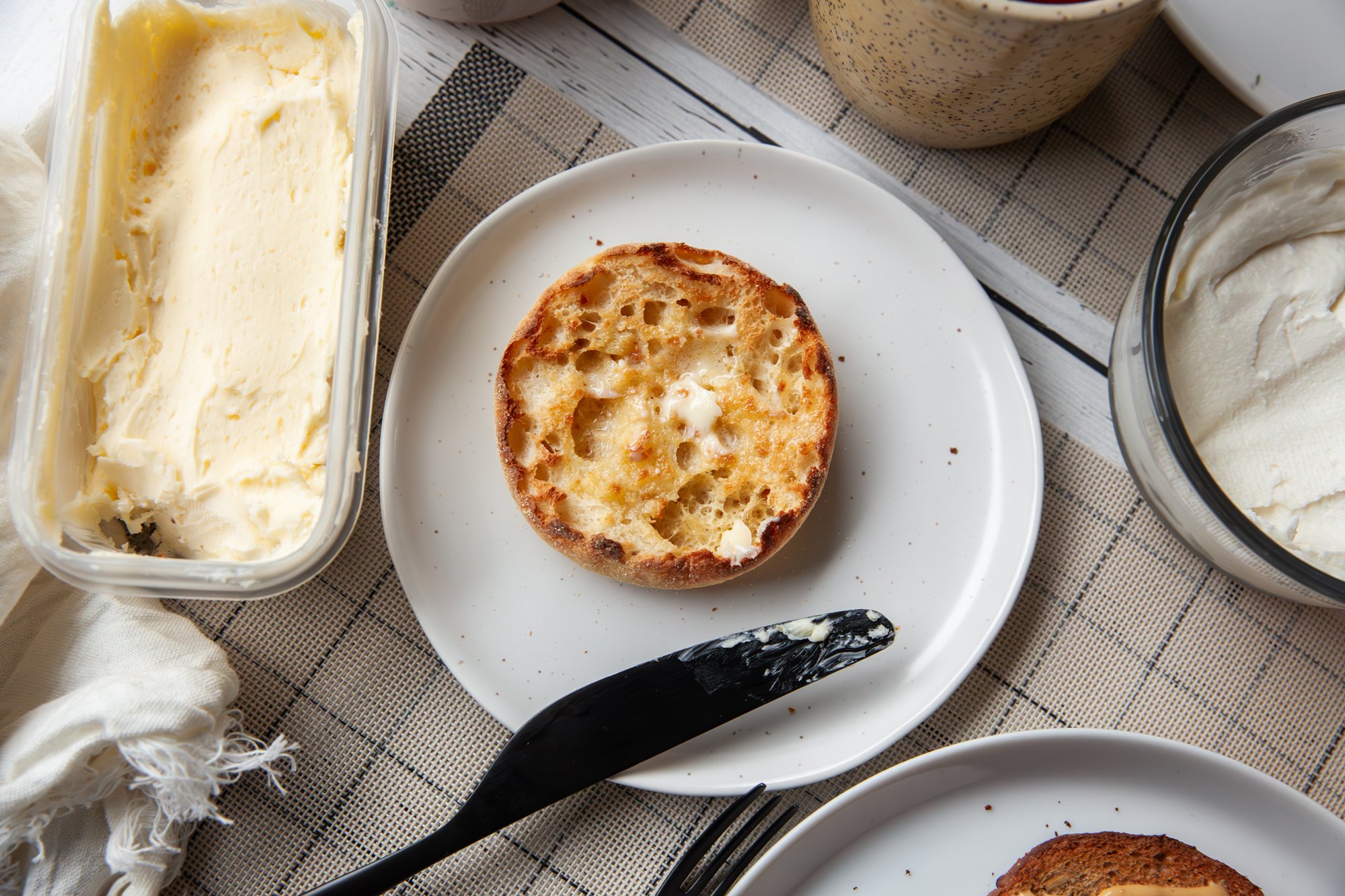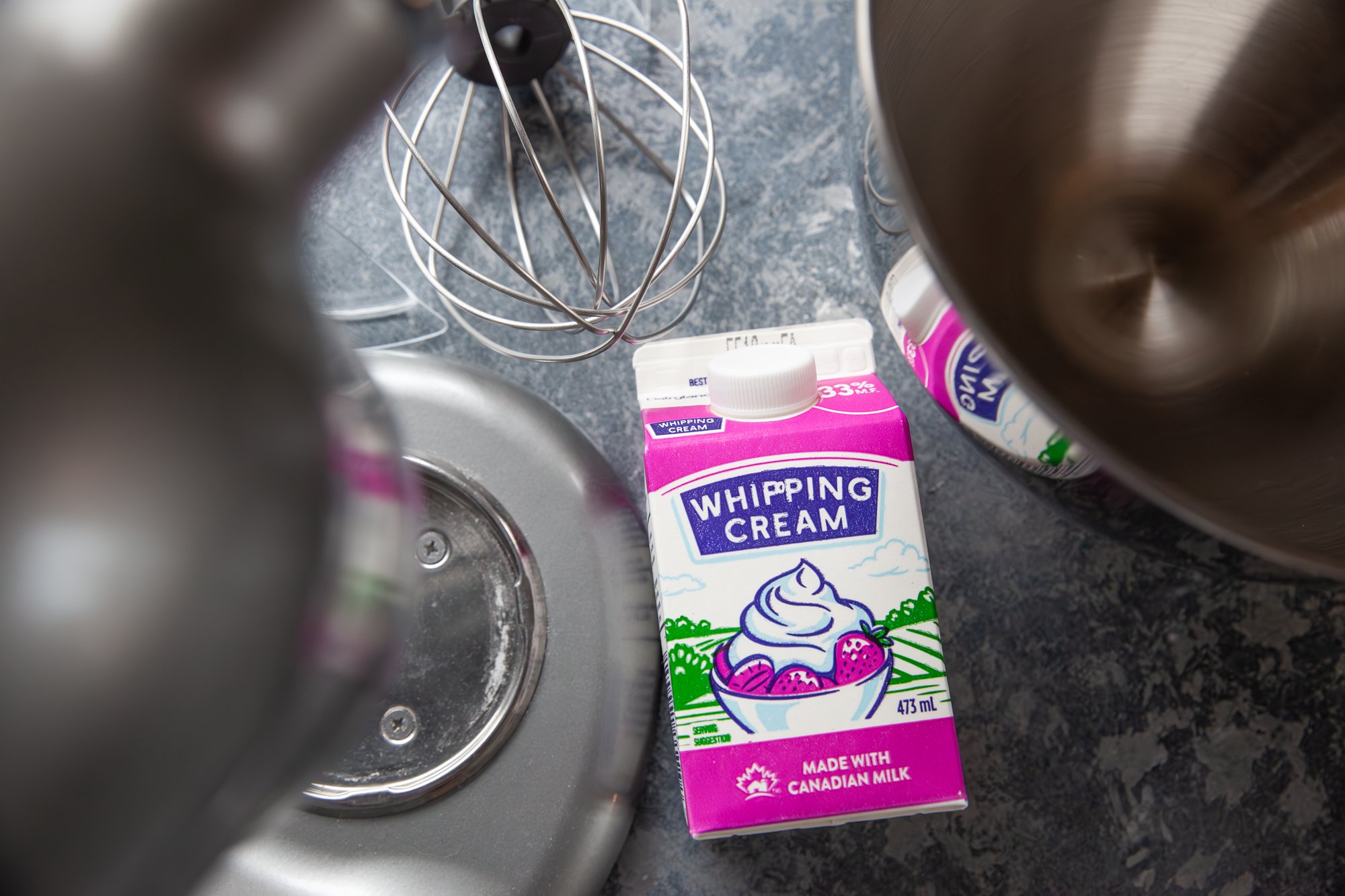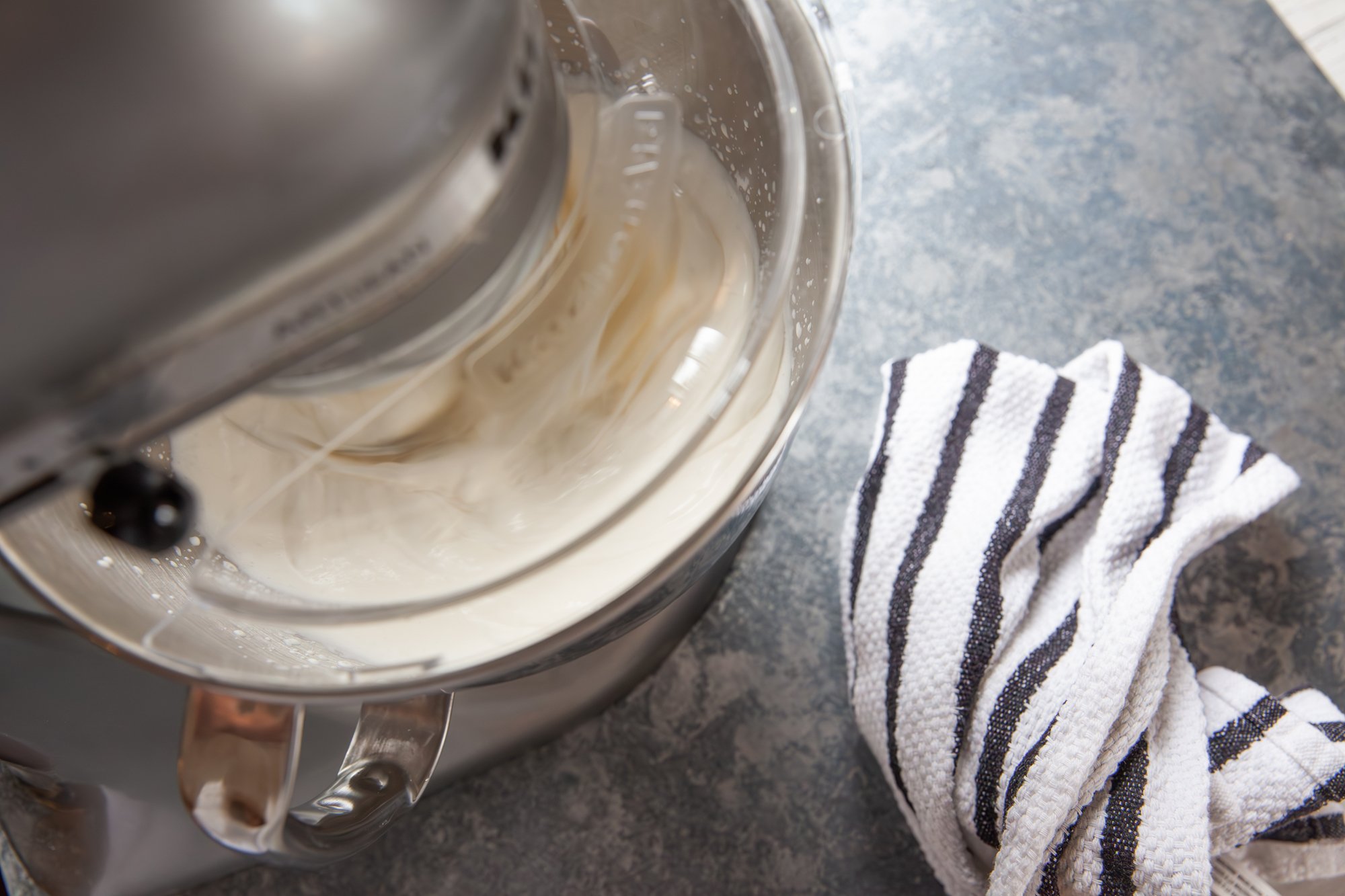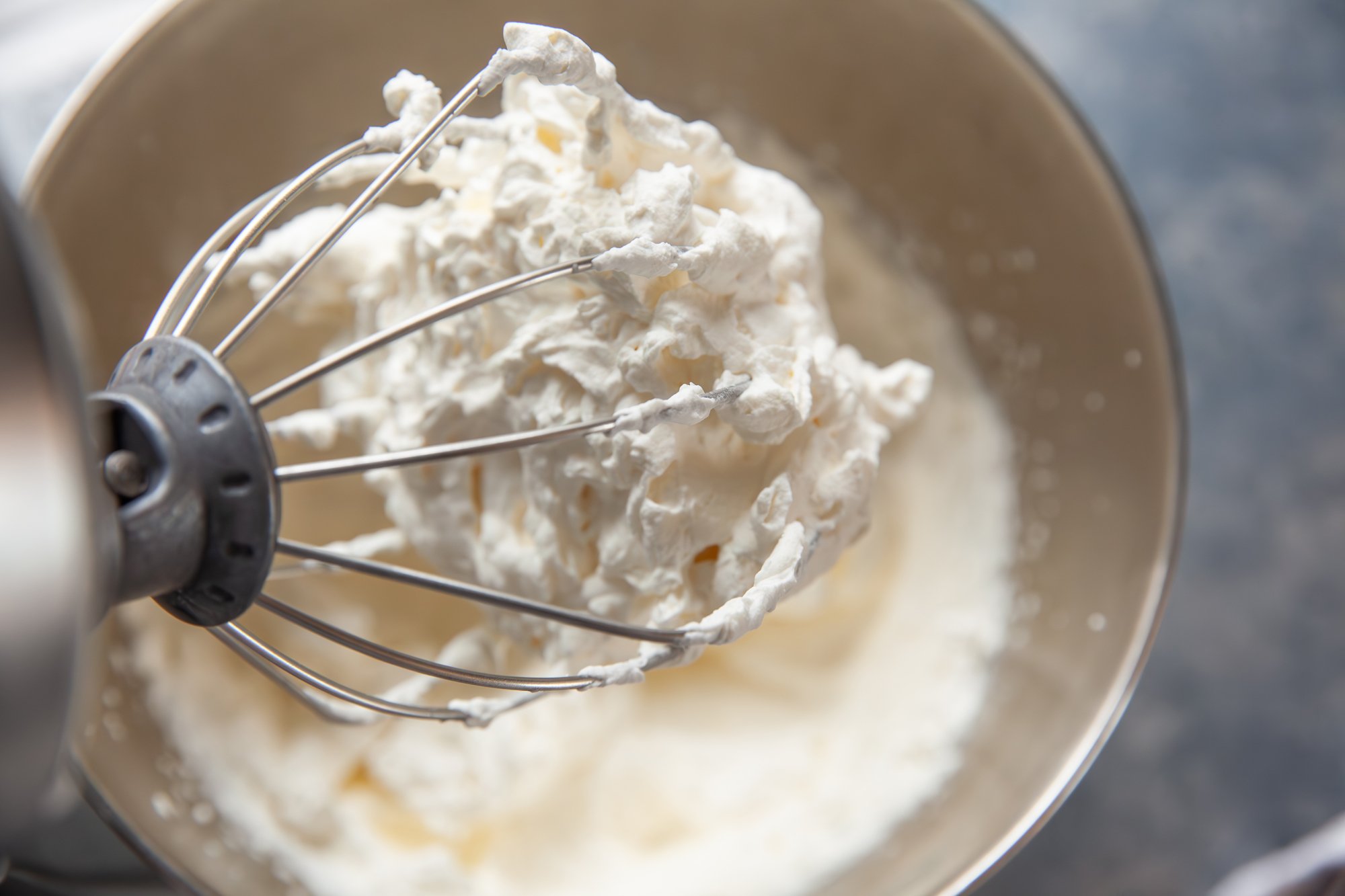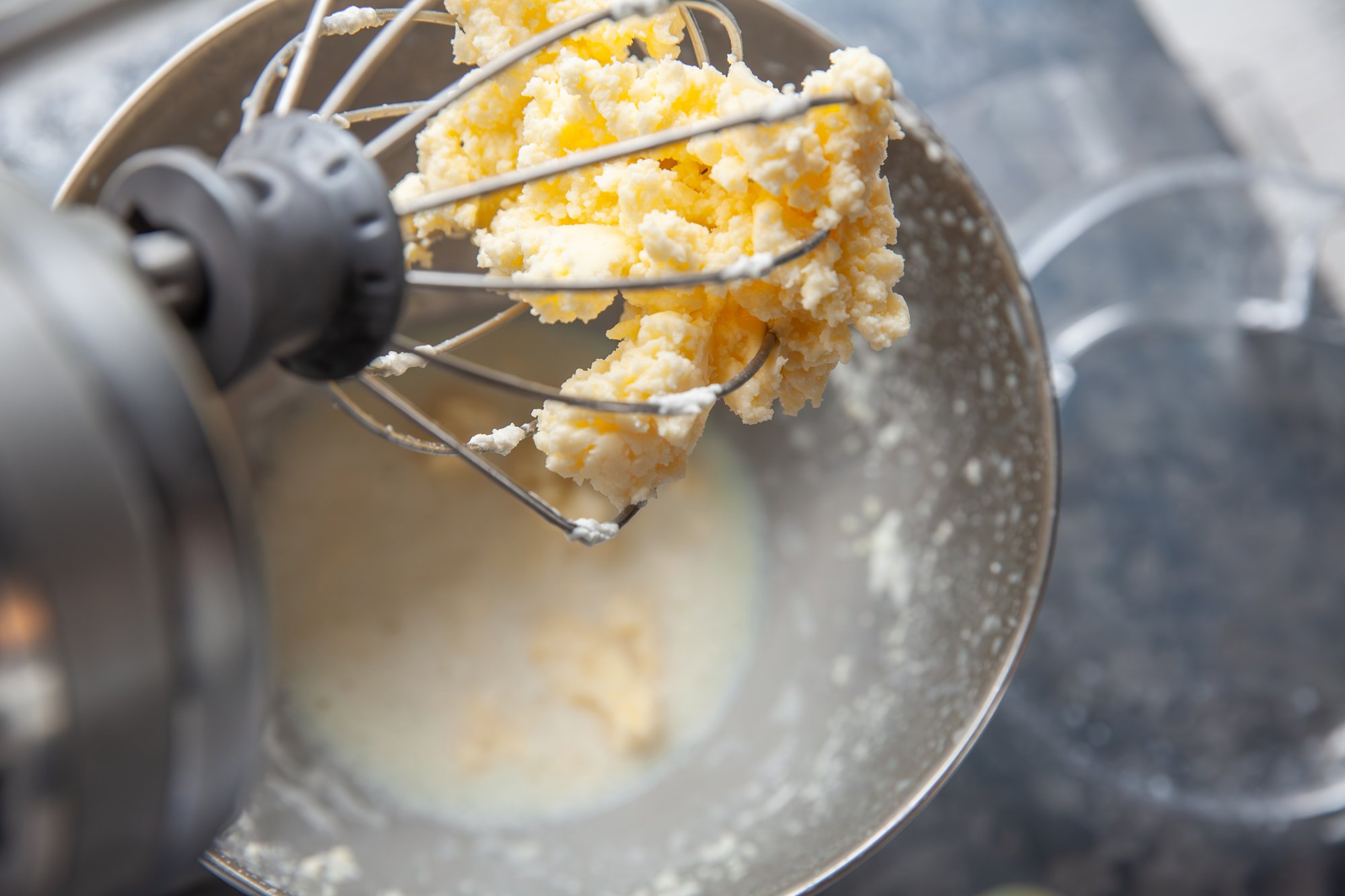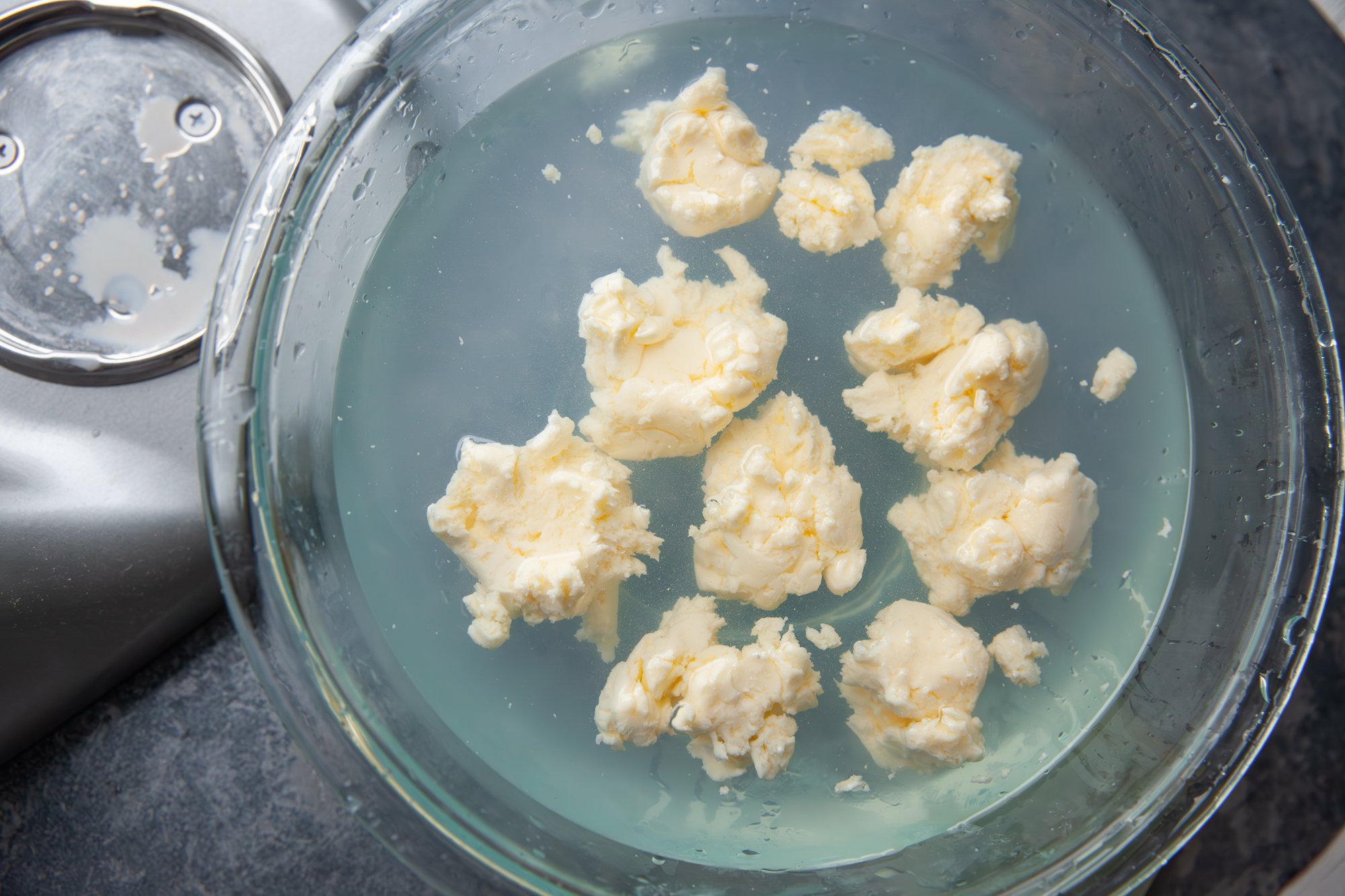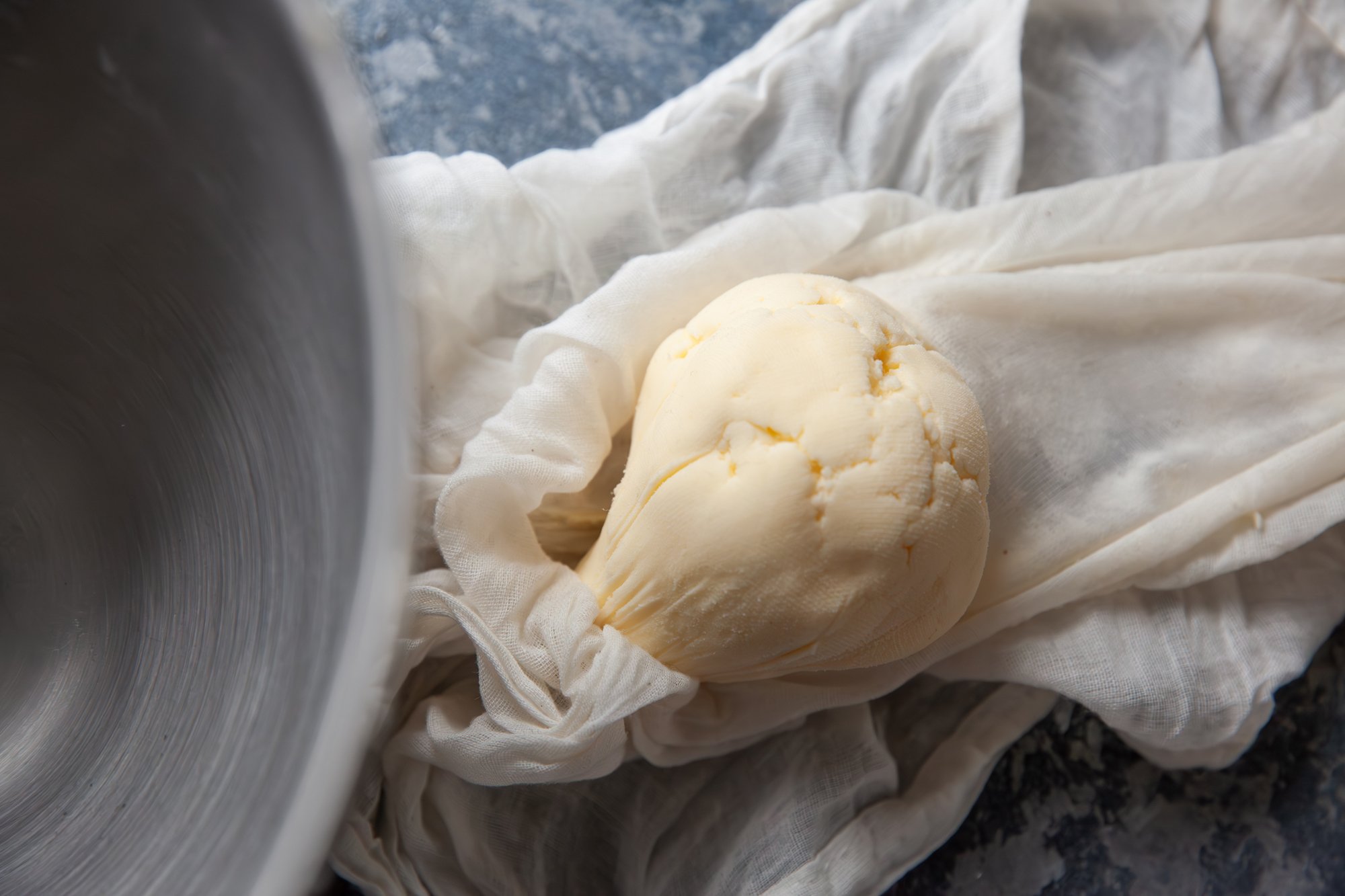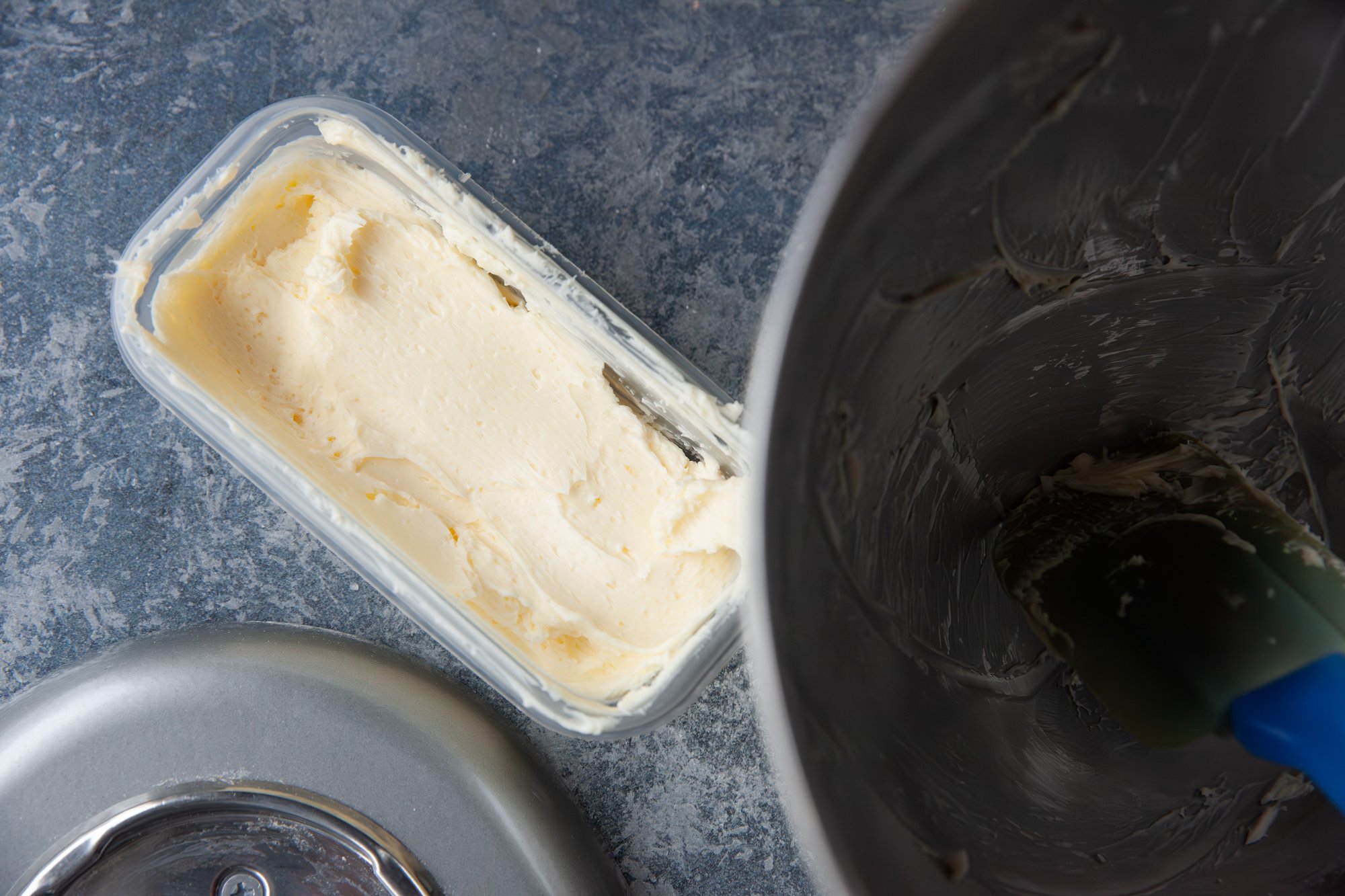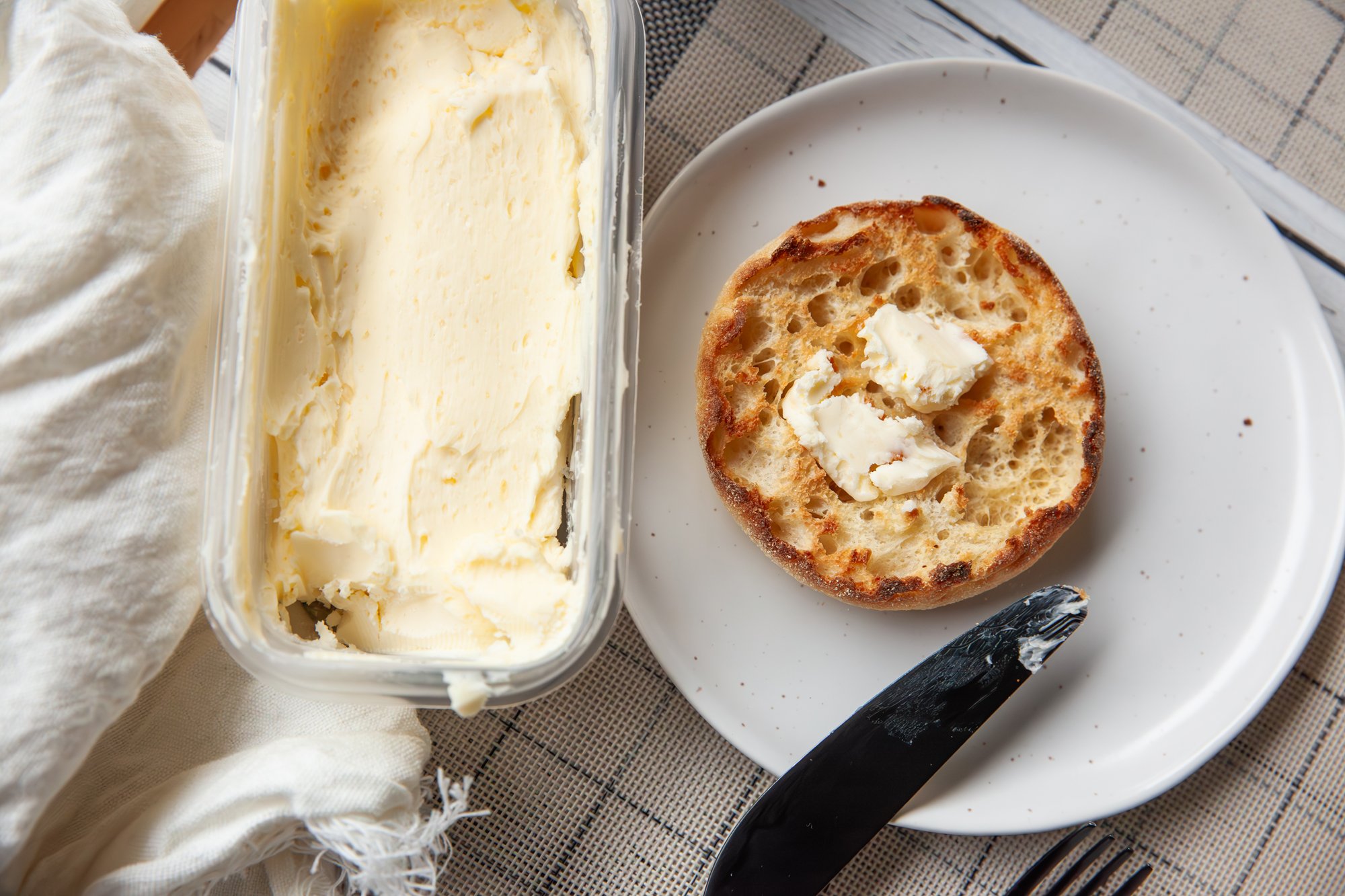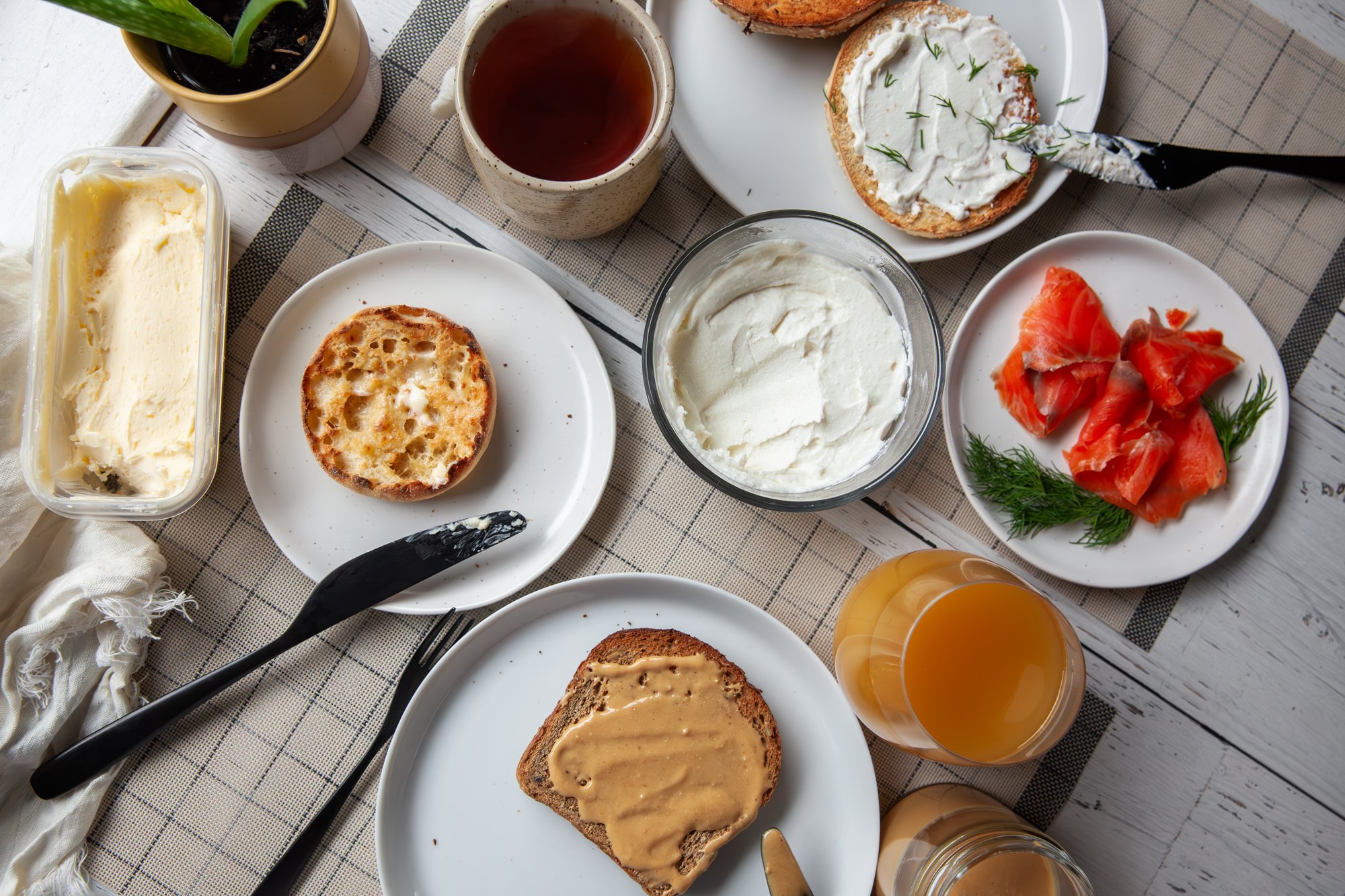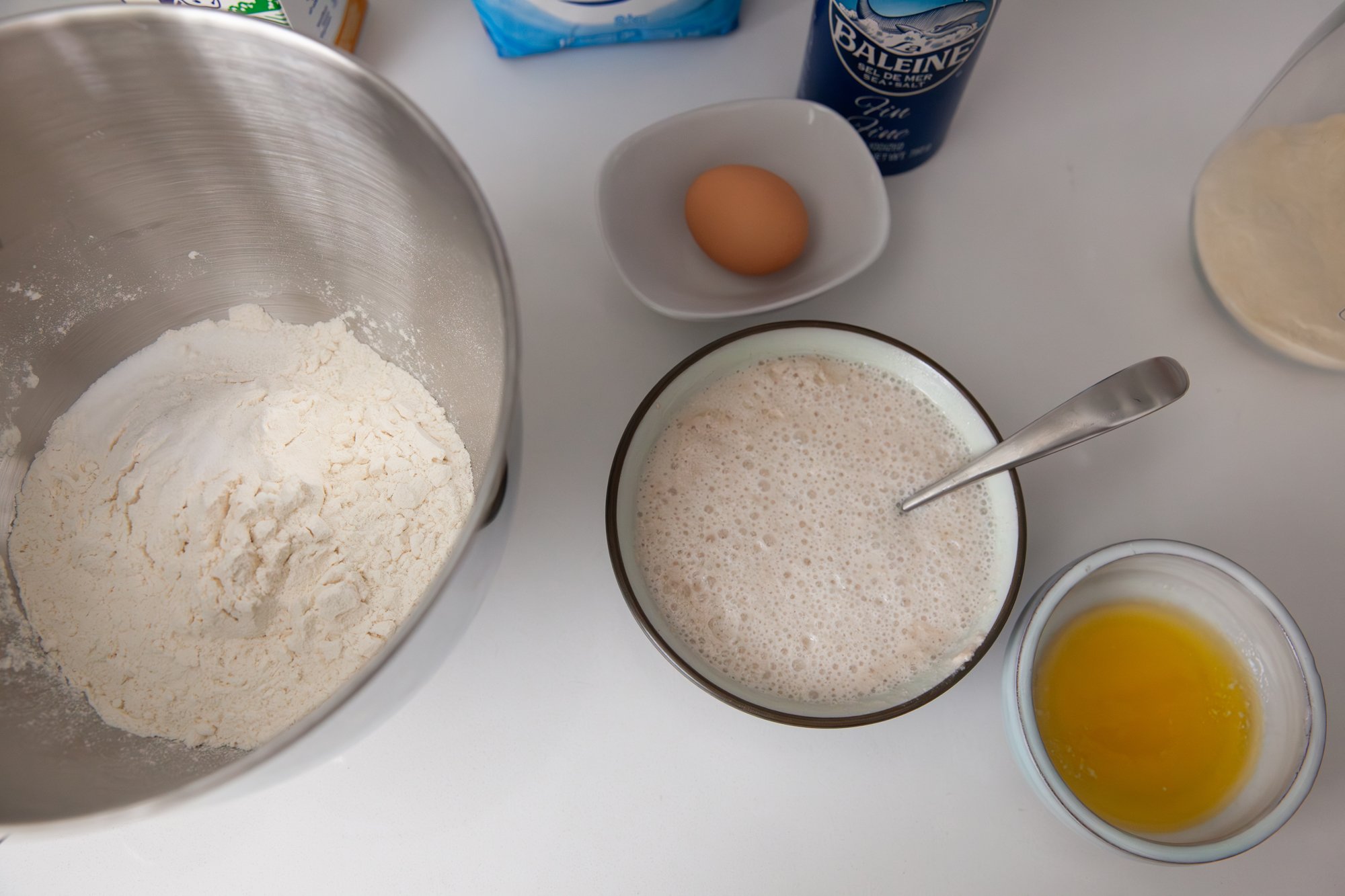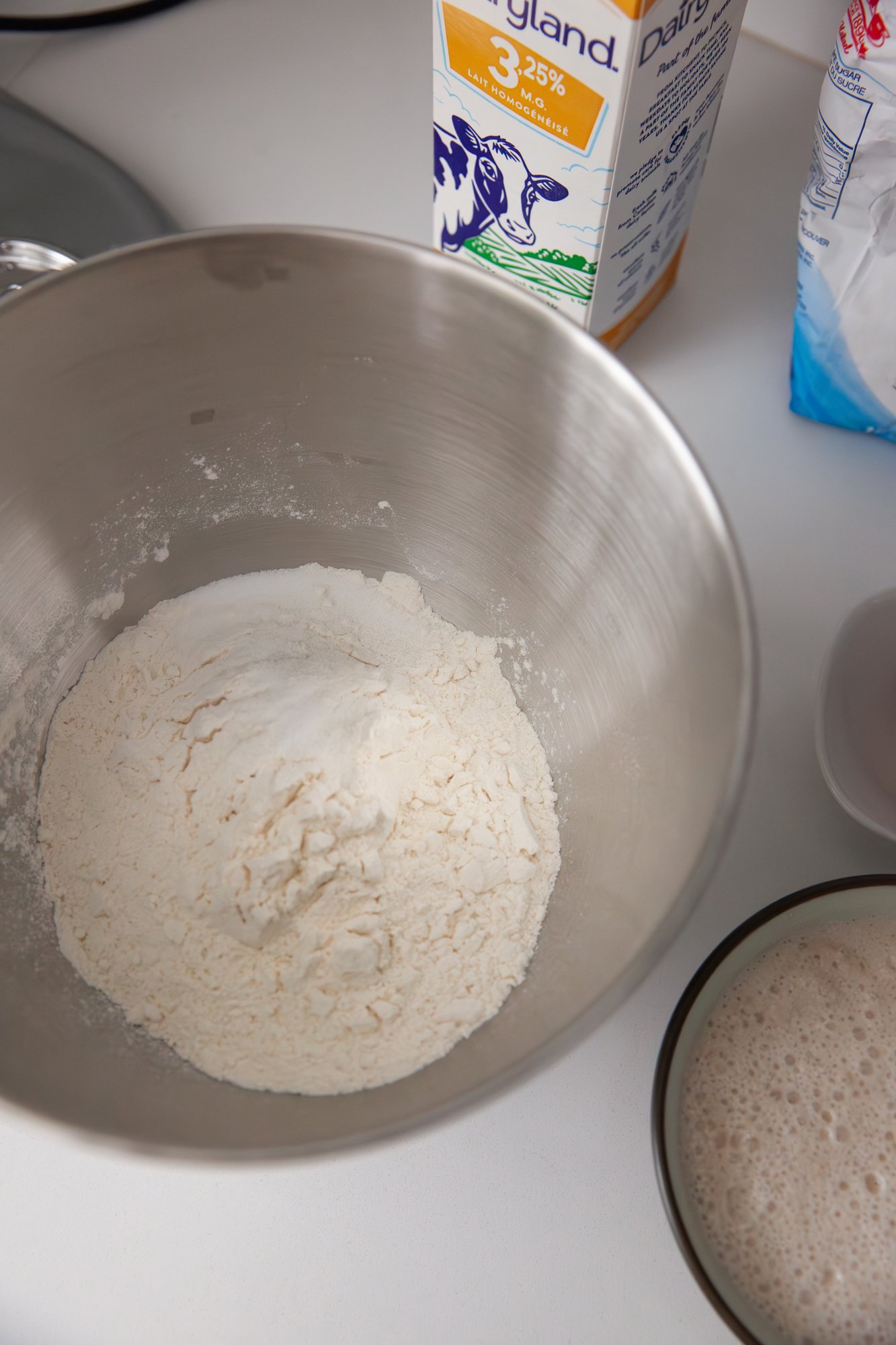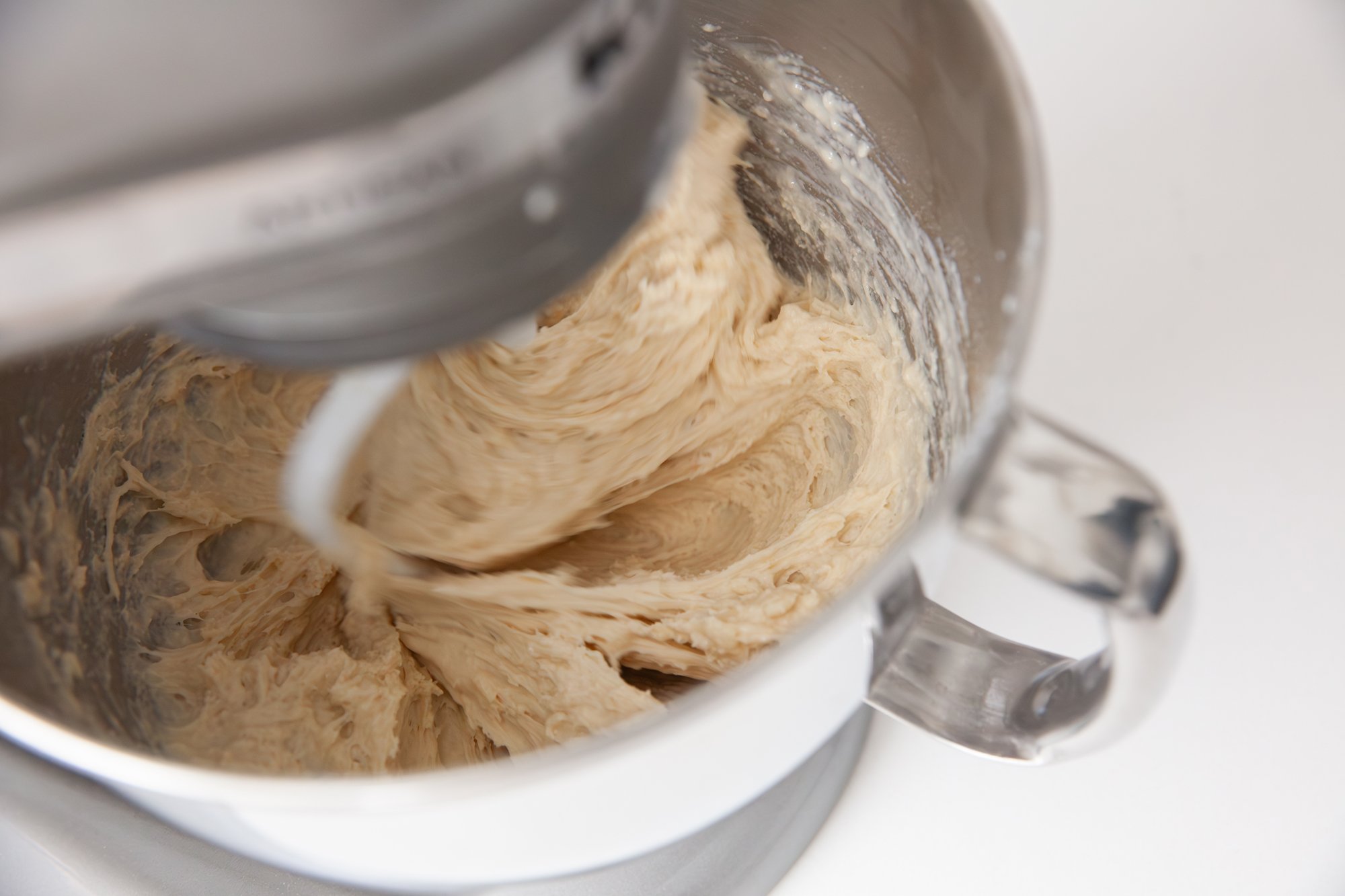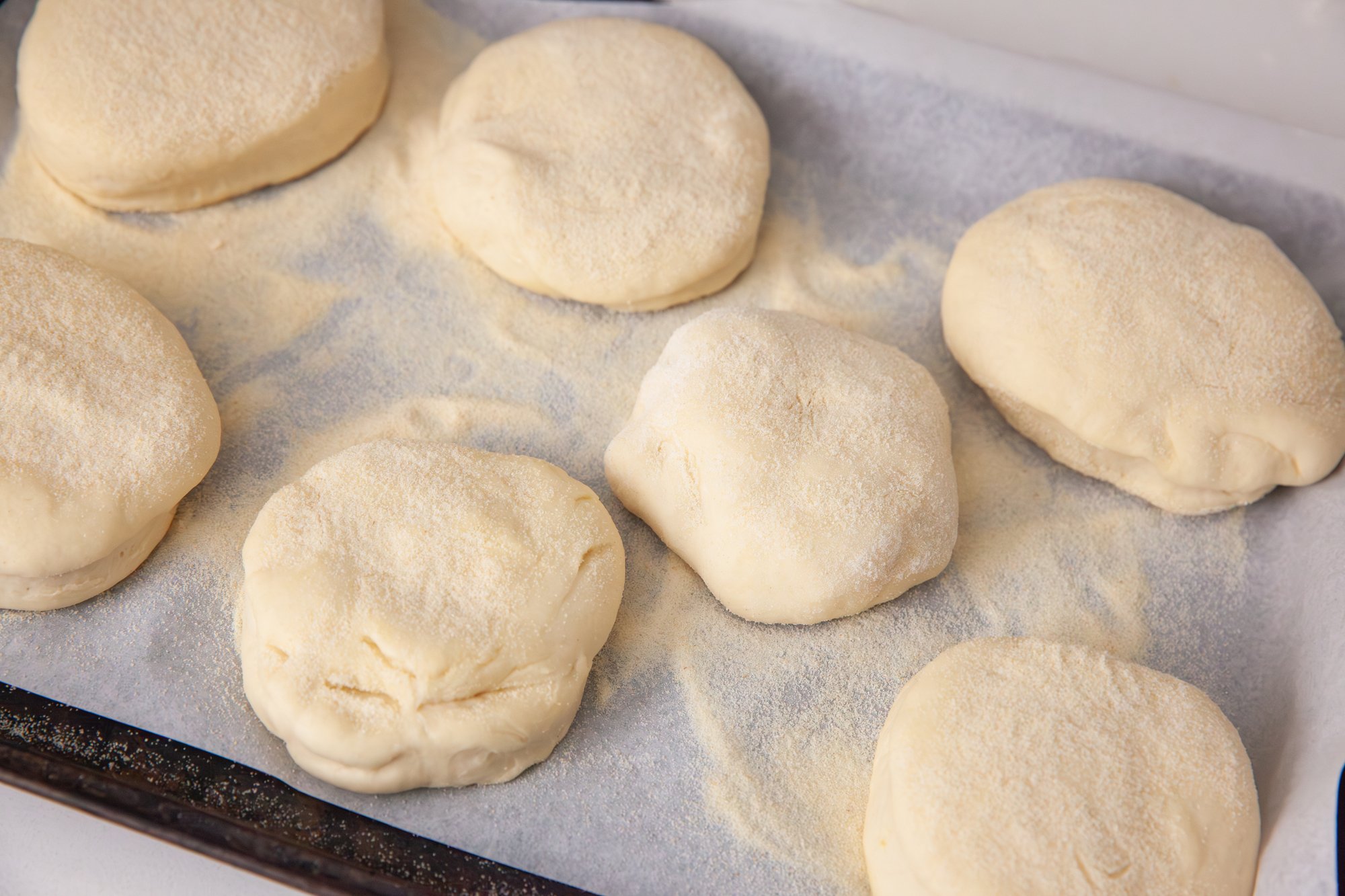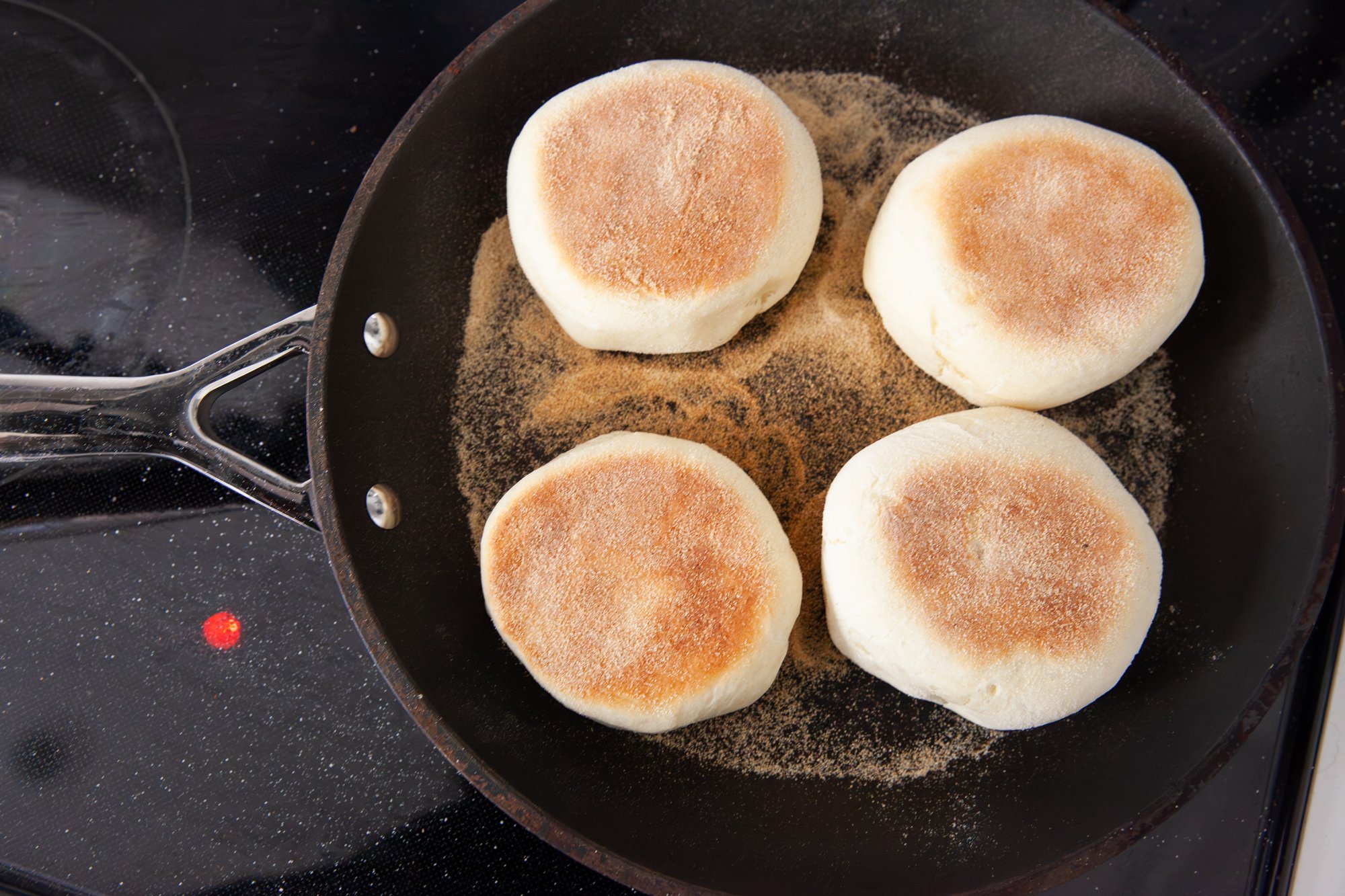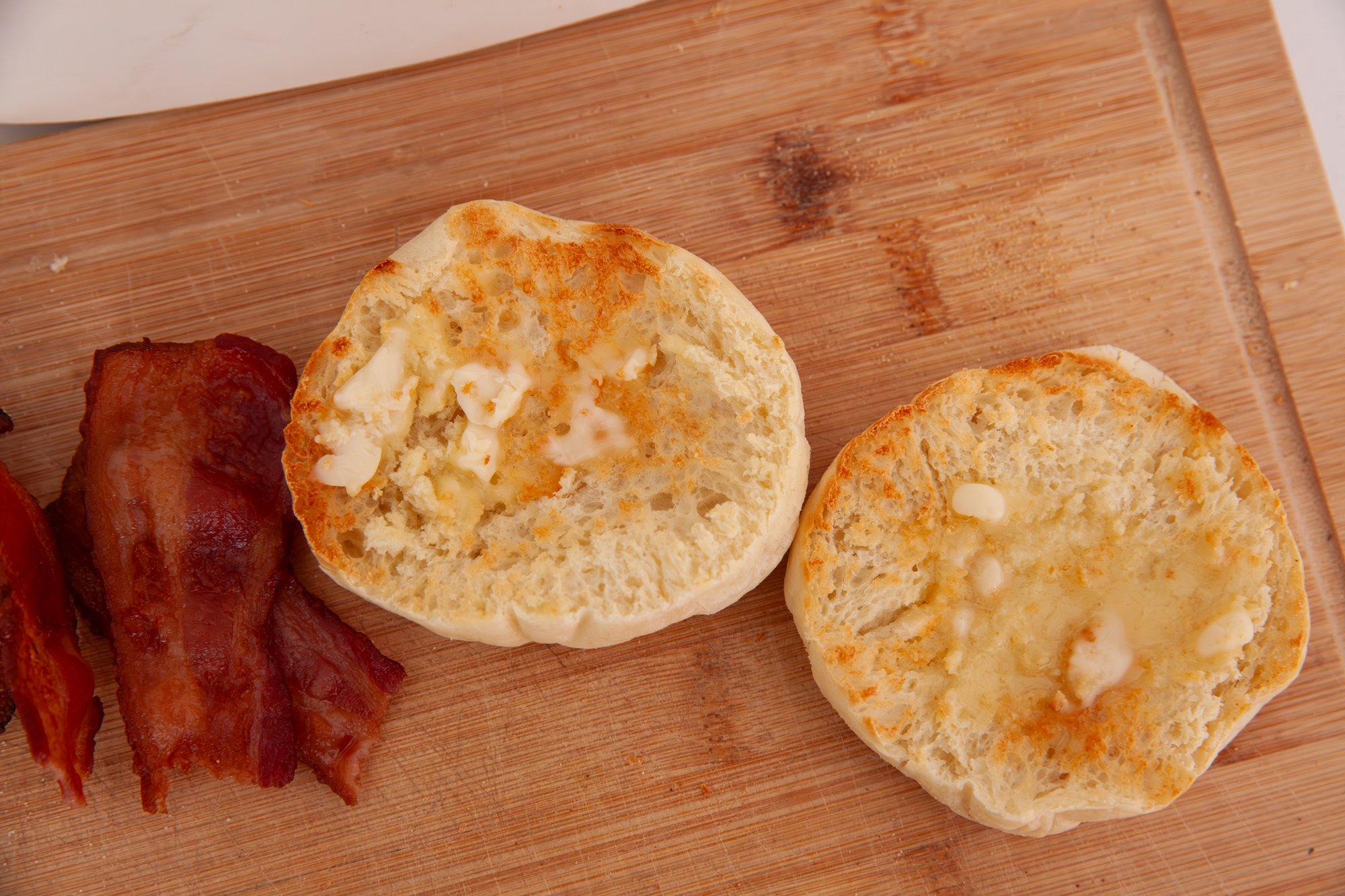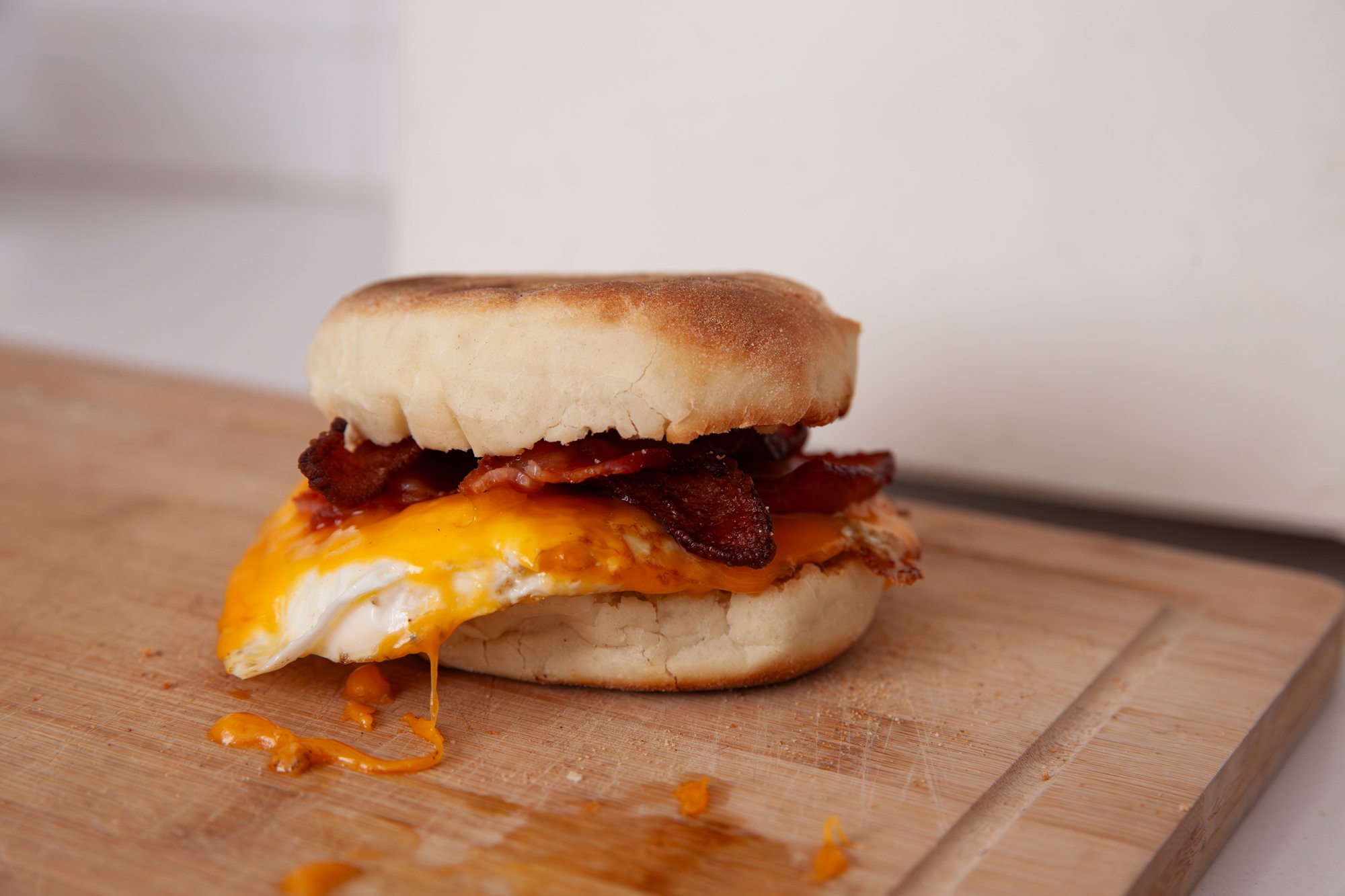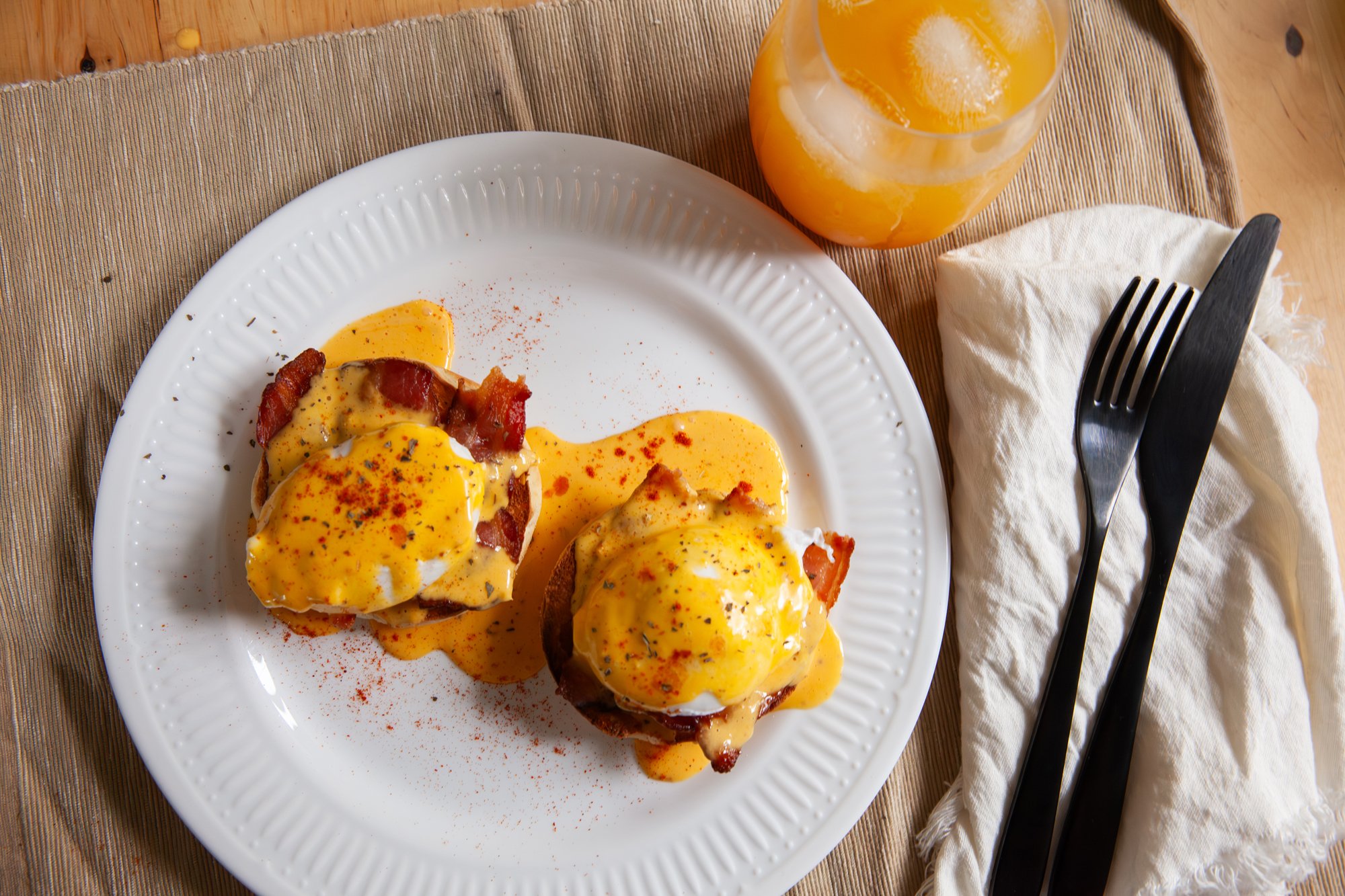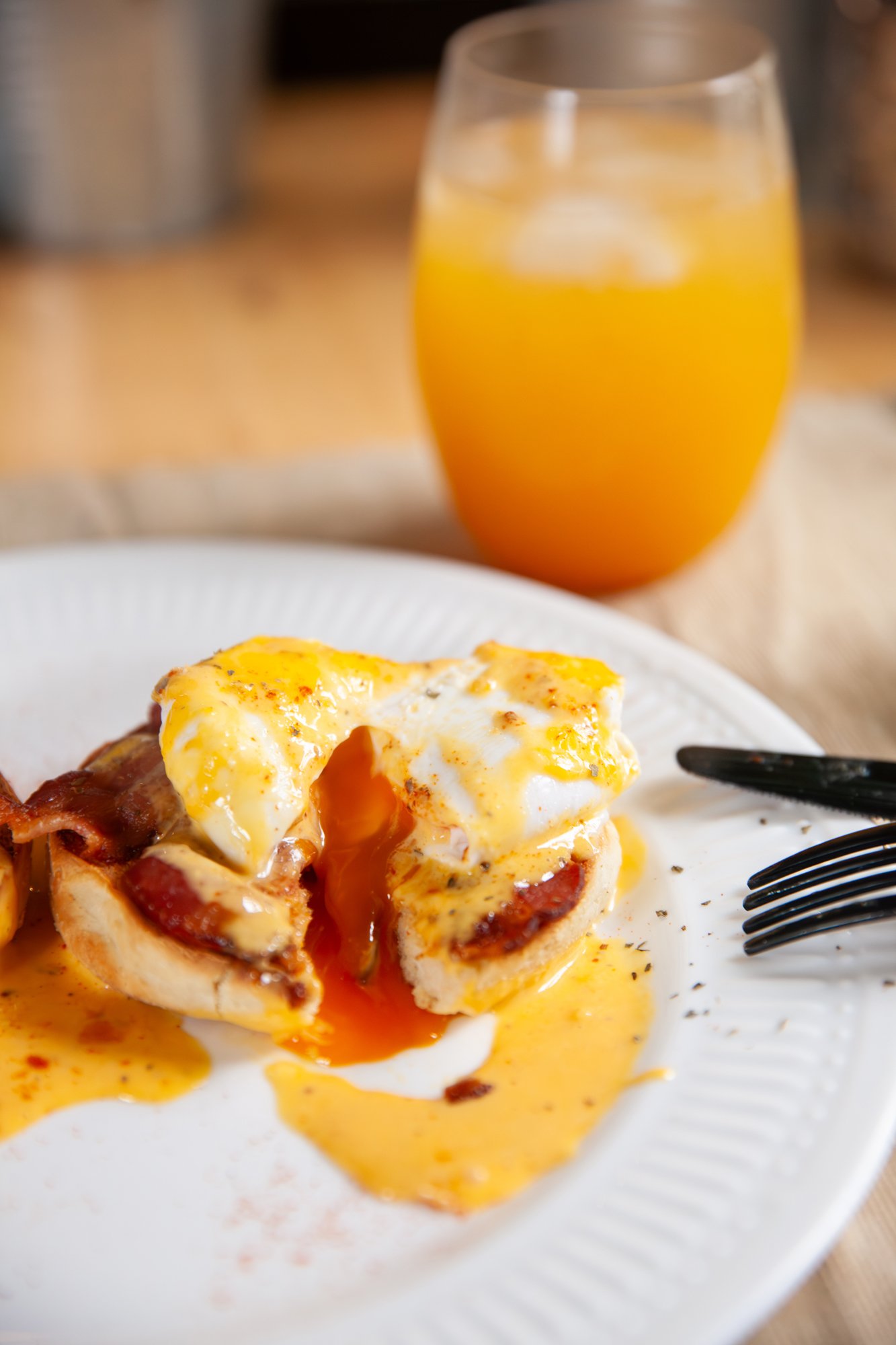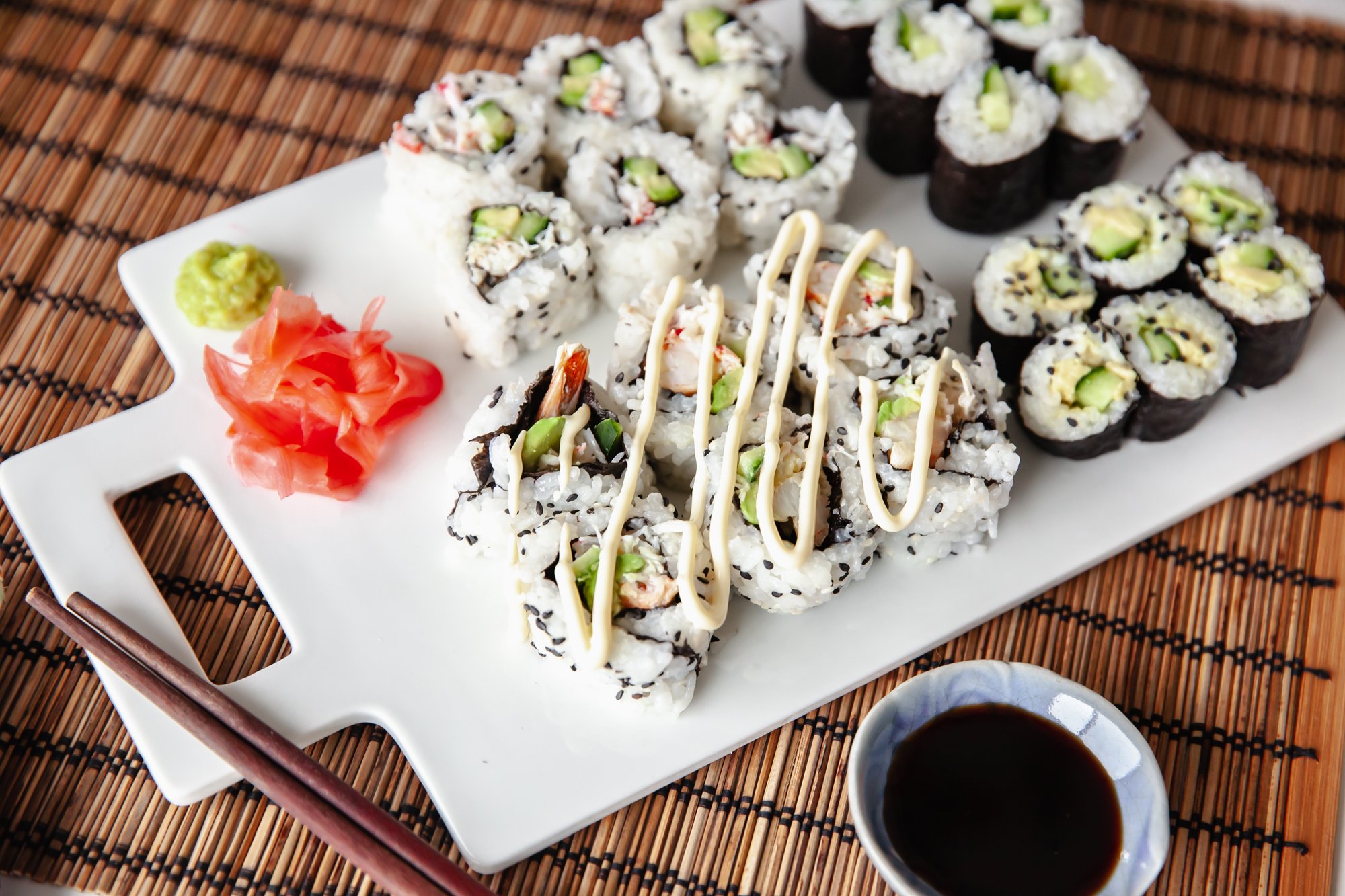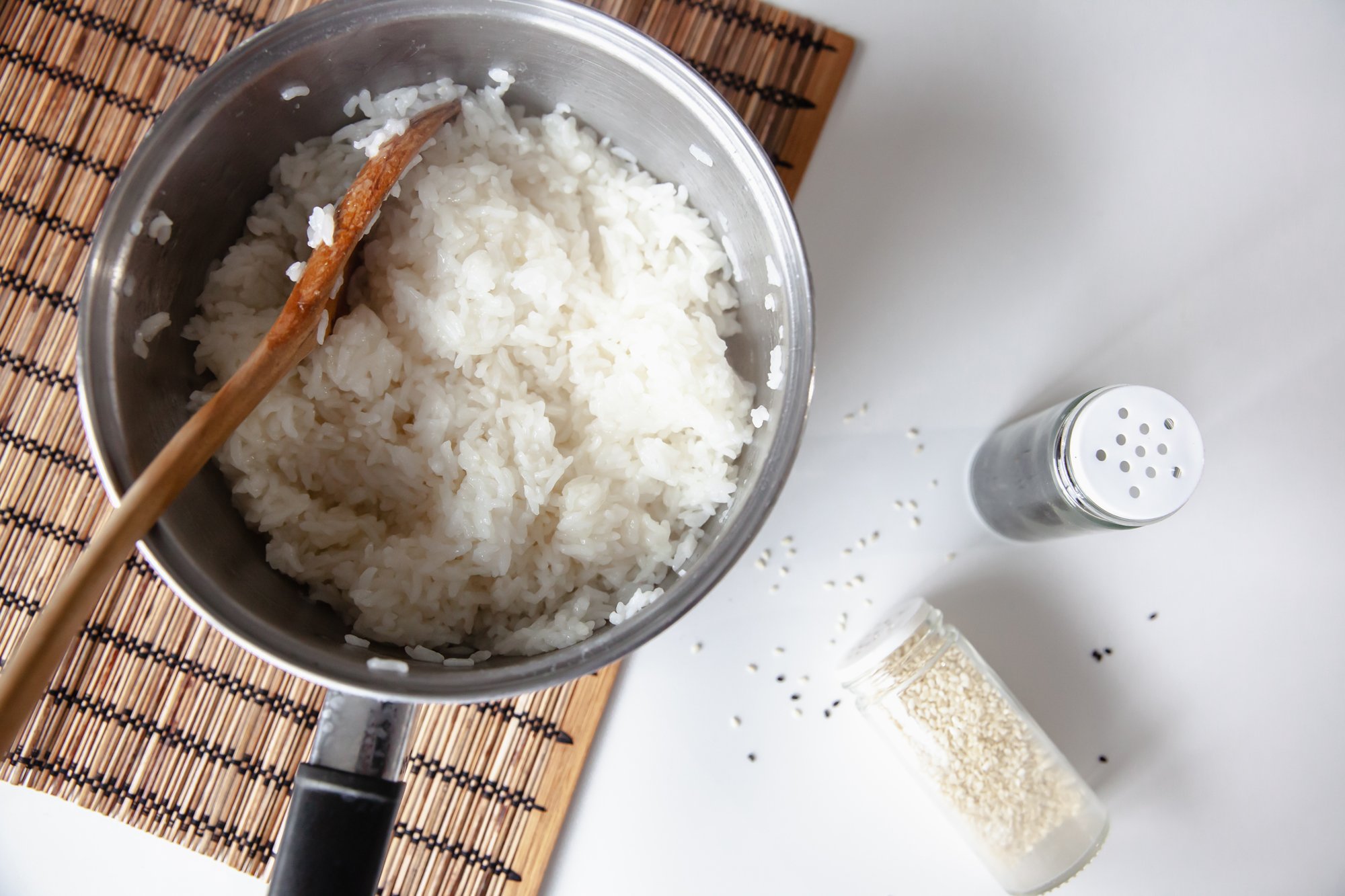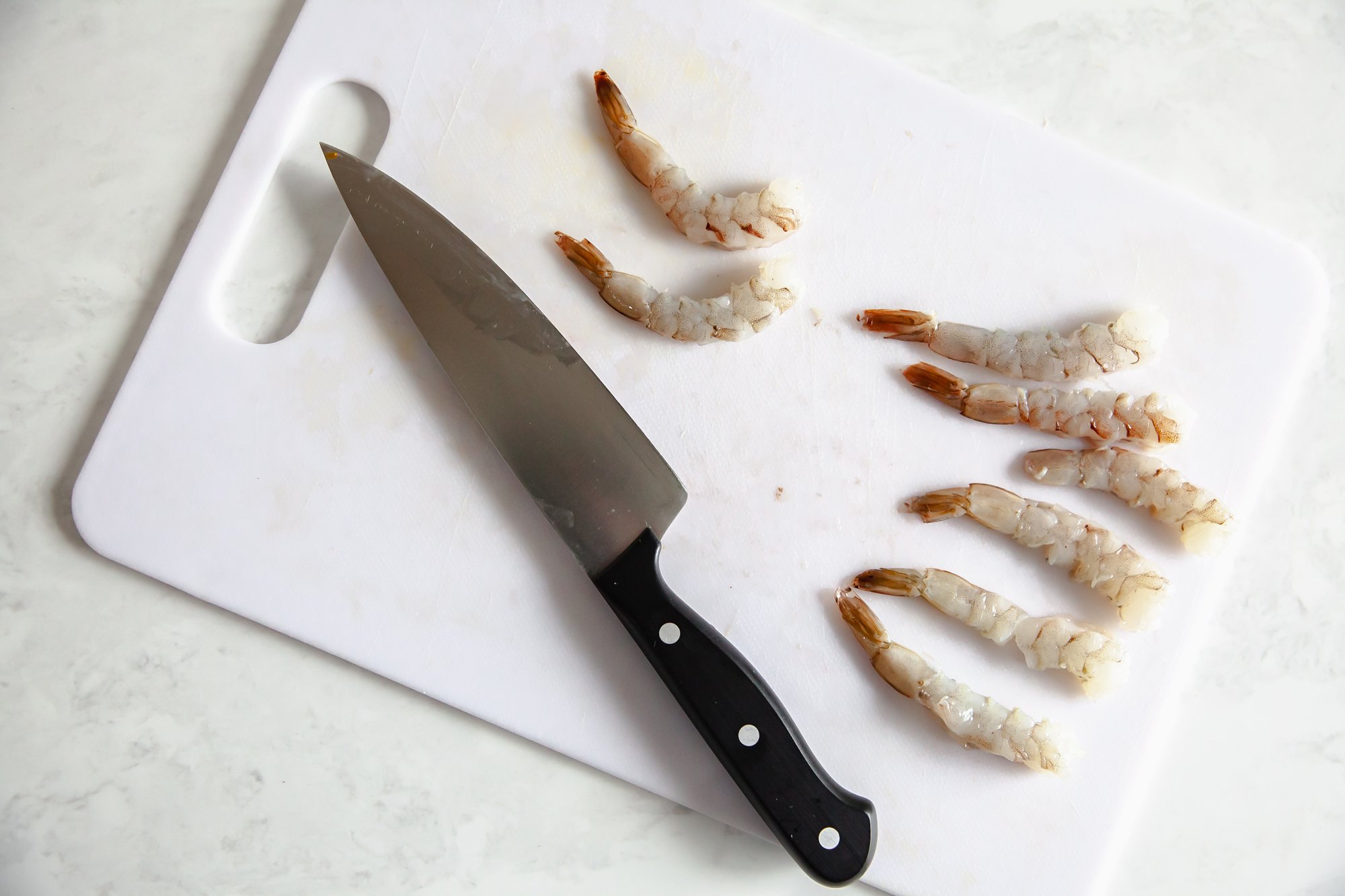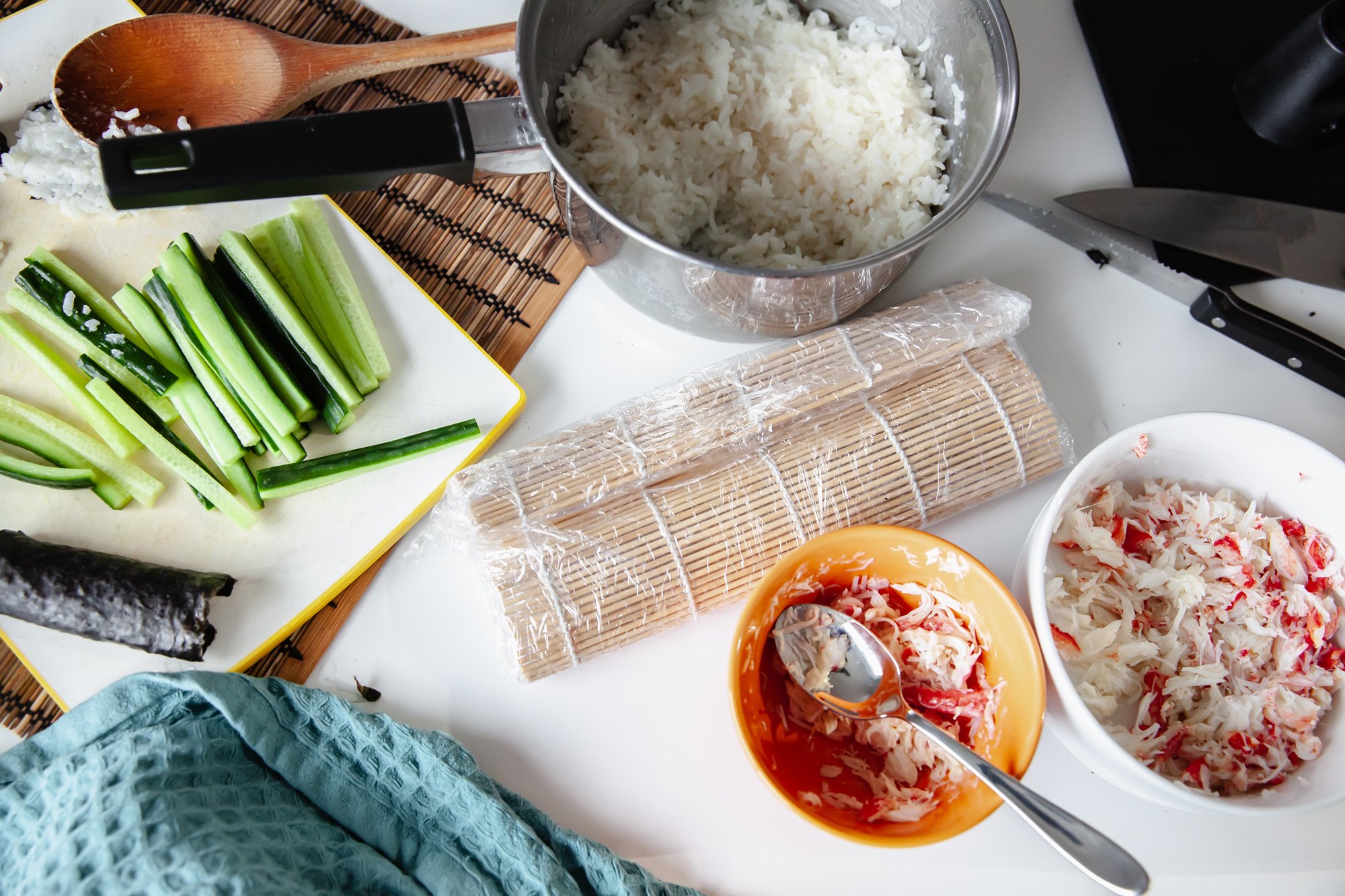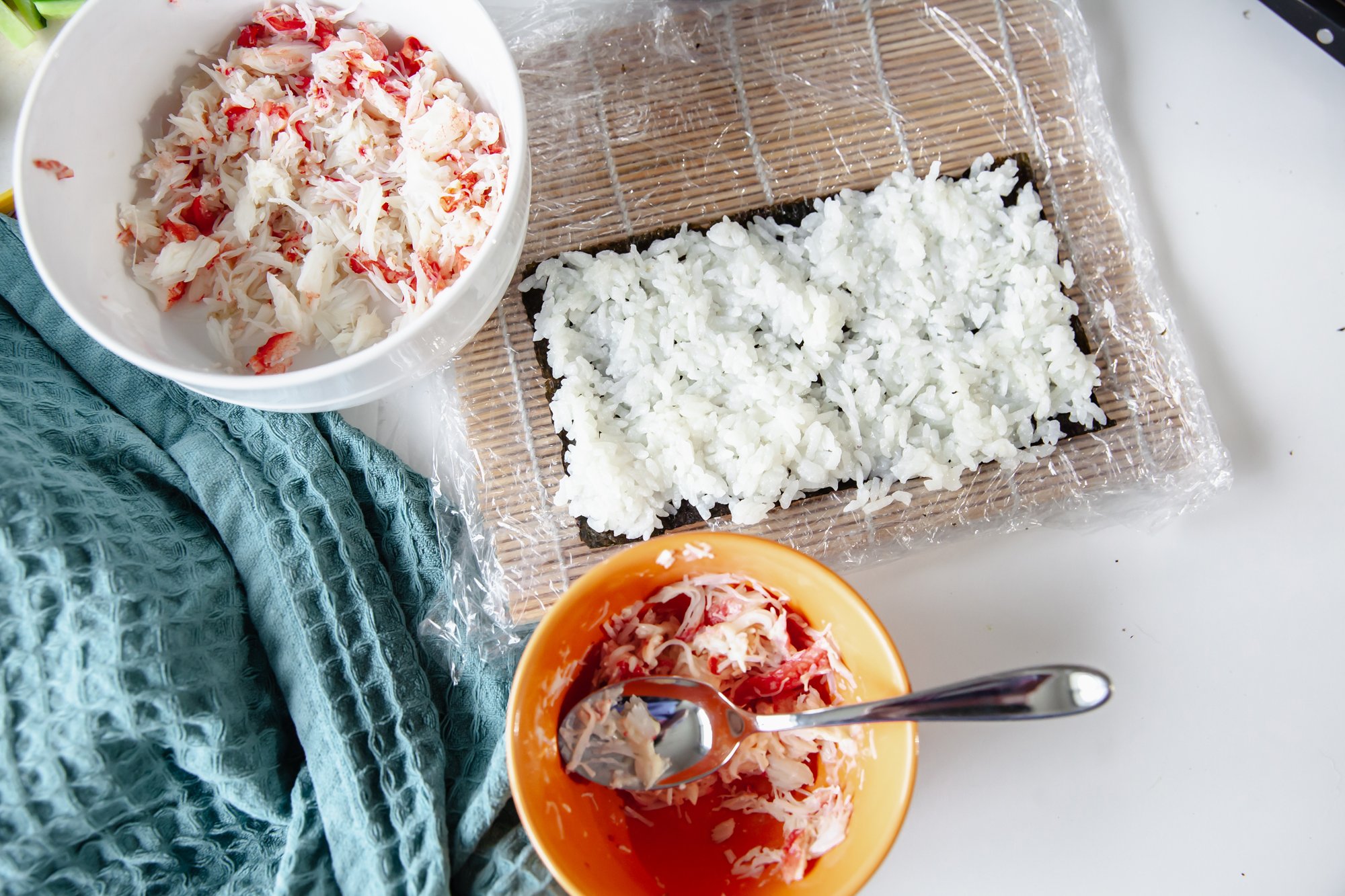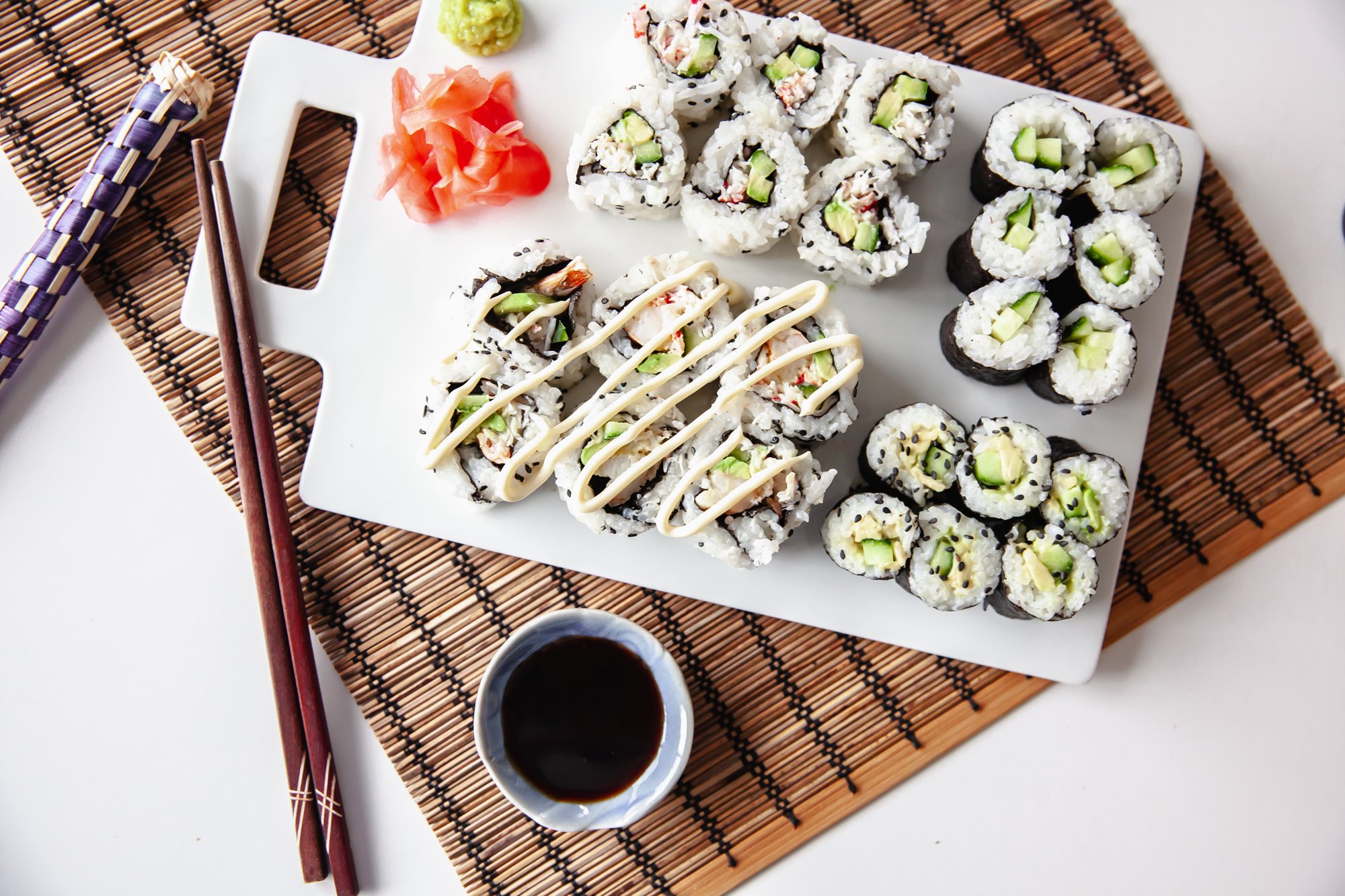Focaccia
Recipe for BC Living
June 2024
Filling your home with the smell of fresh bread is such a treat, and it can be easy too. You don’t have to be a sourdough expert, or have a stand mixer, to make something like a loaf of focaccia. Just a little bit of time and planning, as this bread is best left to ferment a bit overnight.
The other fun part about this type of bread (besides the step where you get to poke it with your fingers like it’s Play-Doh), is that you can add so many things on top. I went with a simple roasted garlic head and some fresh rosemary from my garden, but you can use olives, cheese, tomatoes, bacon, you name it!
INGREDIENTS:
For the roasted garlic:
1 head of garlic
Olive oil
Salt
For the dough:
4 cups all-purpose flour
1 ½ cups warm water (about 110°F/45°C)
8g active dry yeast (1 packet, or approx. 2 tsp)
2 teaspoons sugar
2 teaspoons salt
1/4 cup olive oil
For the topping:
Roasted garlic cloves, from 1 head of garlic
2 tablespoons fresh rosemary, finely chopped
1/4 cup olive oil
Coarse sea salt, for sprinkling
INSTRUCTIONS:
Day 1 (Roasting Garlic):
Preheat your oven to 400°F (200°C).
Peel away the outer layers of the garlic bulb skin, leaving the skins of the individual cloves intact.
Using a sharp knife, slice off the top of the garlic bulb to expose the tops of the garlic cloves.
Place the garlic bulb on a piece of aluminum foil. Drizzle with olive oil and sprinkle with a pinch of salt. Wrap the garlic bulb tightly in the foil.
Roast the garlic in the preheated oven for about 30-40 minutes, or until the cloves are soft and golden brown.
Once roasted, remove the garlic from the oven and allow it to cool. Once cool enough to handle, squeeze the roasted garlic cloves out of their skins and put them in a small jar. Mash the roasted garlic cloves with a fork. Mix them with olive oil and let sit until the next day.
Day 1 (Preparing Dough):
In a large mixing bowl, combine warm water, sugar, and active dry yeast. Let it sit for about 5-10 minutes until the mixture becomes frothy.
Add flour, salt, and olive oil to the yeast mixture. Stir until a shaggy dough forms.
Knead the dough on a floured surface for about 5-7 minutes until it becomes smooth and elastic.
Place the dough in a lightly oiled bowl, cover with plastic wrap, and let it rise in the refrigerator overnight or for at least 8-12 hours.
Day 2:
The next day, take the dough out of the refrigerator and let it sit at room temperature for about 30 minutes to 1 hour to come to room temperature.
Preheat your oven to 425°F (220°C). Lightly grease a 9x13 inch baking pan.
Stretch and shape the dough to fit the 9x13 inch baking pan. Press your fingers into the dough to create dimples all over the surface.
Brush the roasted garlic-infused olive oil generously over the surface of the dough. Add more olive oil if needed, as you don’t want this to be dry.
Sprinkle the dough with chopped rosemary and coarse sea salt, pressing them lightly into the dough.
Let the dough rise again for about 20-30 minutes, uncovered, at room temperature.
Once the dough has risen slightly, bake it in the preheated oven for 20-25 minutes, or until the focaccia is golden brown on top and sounds hollow when tapped on the bottom.
Remove the focaccia from the oven and let it cool slightly before slicing and serving.
Enjoy it on its own, as a sandwich, or dip it in some olive oil and balsamic!































